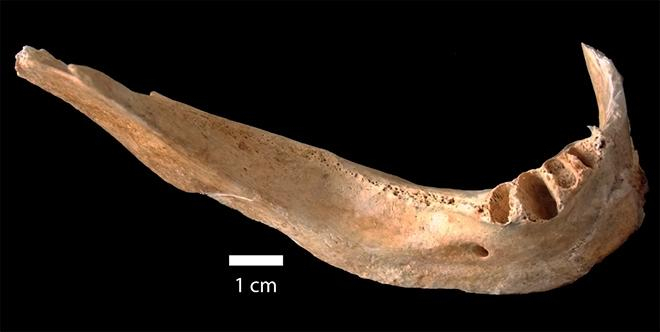
Remember the two atomic bombs, designed by Los Alamos Laboratory, 'Little Boy' and 'Fat Man', which change the fate of two cities, Hiroshima and Nagasaki in 1945, during Second World War? Scientists from all around the world conducted detail studies on the radiation, which killed thousands of civilians, to understand the effects as well as to gain the insight into it.
Even though scientists know that radiation exposure has harmful effects on humans, a Brazilian scientists group has achieved a major breakthrough during the study by using sophisticated technology and took a precise measurement of the radiation dose to which the victims were exposed and the effects of this exposure on DNA and health in general.
The ongoing study was first started in the 1980s under the leadership of Sérgio Mascarenhas from University of São Paulo (USP), who found that X-ray and gamma irradiation led human bones to become "weakly magnetic". Later this phenomenon was named paramagnetism.
The study, entitled with "Electron spin resonance (ESR) dose measurement in the bone of Hiroshima A-bomb victim," was published on April 27, in the journal PLOS One, where scientists have described the new method to unveil the facts related to the dark history related to human existence.
Oswaldo Baffa, at the University of São Paulo's Ribeirão Preto School of Philosophy, Science & Letters (FFCLRP-USP) supervised a professor at Universidade do Sagrado Coração in Bauru, Angela Kinoshita, who conducted the investigation during the postdoctoral research.
Baffa said that they used the technique known as "electron spin resonance spectroscopy to perform retrospective dosimetry. Currently, there's renewed interest in this kind of methodology due to the risk of terrorist attacks in countries like the United States."
In addition, he said, "Imagine someone in New York planting an ordinary bomb with a small amount of radioactive material stuck to the explosive. Techniques like this can help identify who has been exposed to radioactive fallout and needs treatment."
For the study researchers the jaw-bone of a Hiroshima bombing victim and millimetre-scale pieces of it. They proceeded with an x-ray of the samples using a technique called the additive dose method.
While explaining the process Baffa said that they added required radiation to the material and measure the rise in the dosimetric signal. We then constructed a curve and extrapolated from that the initial dose, when the signal was presumably zero. This calibration method enabled us to measure different samples, as each bone and each part of the same bone has a different sensitivity to radiation, depending on its composition."
By using the modern techniques, researchers came to know that the bone has been exposed to a whopping 9.46 greys (Gy) or joules of radiation energy per kilogram. As per Baffa, half of that does or 5gy is enough to kill a person. This figure matches with the radiation levels recorded in the brick and roof tiles in Hiroshima and Nagasaki after the nuclear attack.
"The measurement we obtained in this latest study is more reliable and up to date than the preliminary finding," said Mascarenhas.
So the researchers are now able to separate the signal corresponding to the radiation dose absorbed during the nuclear attack from the so-called background signal, which is a kind of noise that may have resulted from superheating of the material during the explosion.
Kinoshita said in a statement that, there are still some major doubts about the feasibility of using this method "to determine the radiation dose deposited in these samples, because of the processes involved in the episode. The results confirm its feasibility and open up various possibilities for future research that may clarify details of the nuclear attack."









